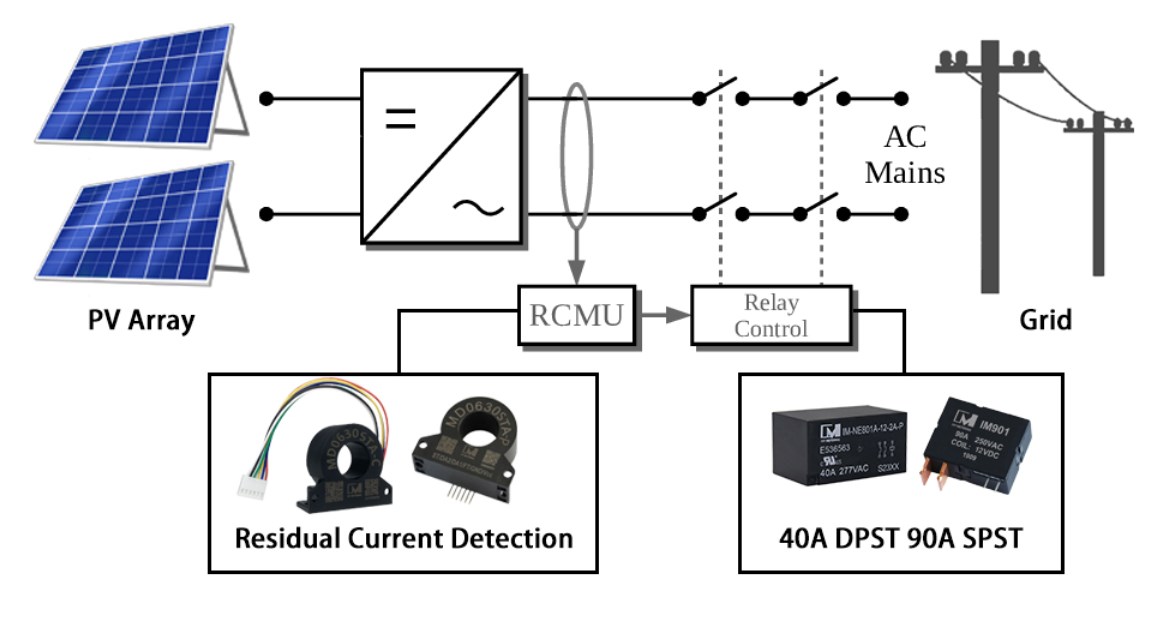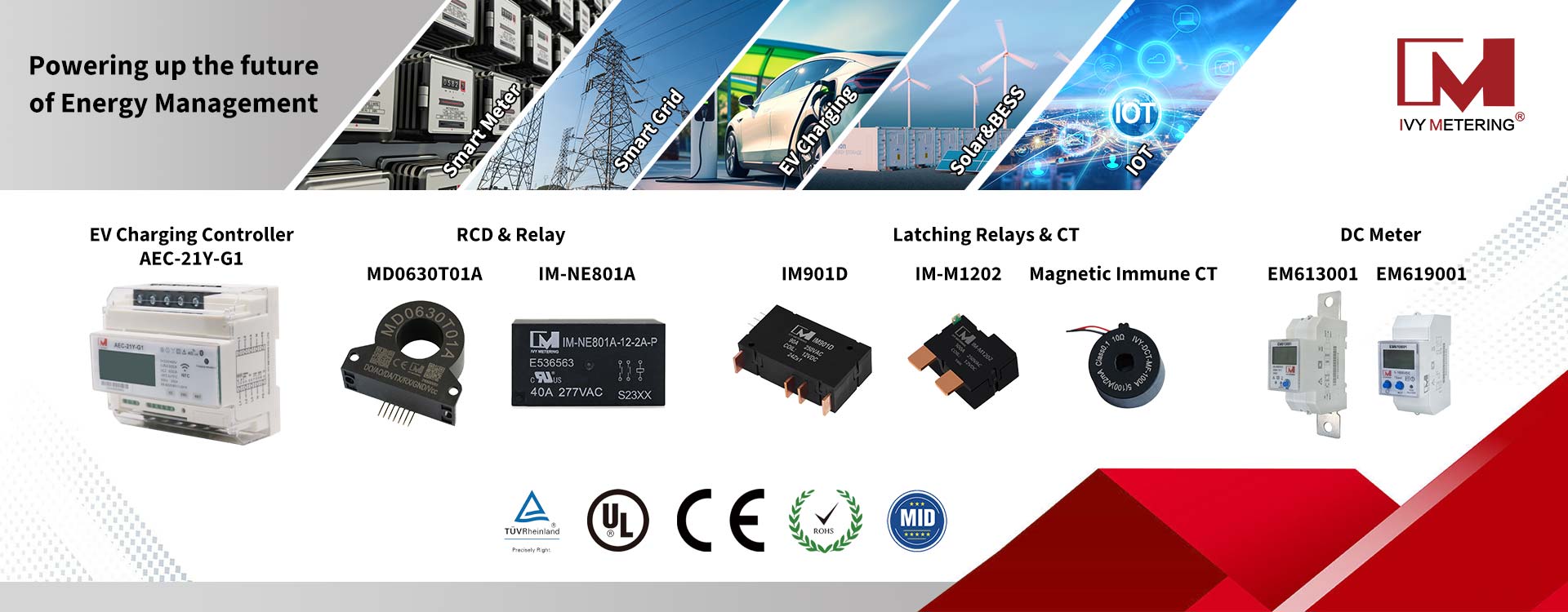Leakage Current Detection in Solar Inverter
Why does the photovoltaic system generate leakage current?
Leakage current of the photovoltaic system, which is also known as the square matrix residual current, is essentially a kind of common mode current. The cause is that there is parasitic capacitance between the photovoltaic system and the earth. When the parasitic capacitance-photovoltaic system-grid forms a loop, the common mode voltage will produce the common mode current on the parasitic capacitance. When the photovoltaic system is equipped with a industrial frequency transformer, because of the relatively high parasitic capacitance between the transformer windings in the loop, the common mode current generated by the common mode voltage in the loop can be suppressed to a certain extent. However, in a photovoltaic system with no transformer, the loop impedance is relatively low, and the common mode voltage will form a large common mode current, ie, leakage current, on the parasitic capacitance between the photovoltaic system and the earth.

Hazard of leakage current
If the leakage current in the photovoltaic system, including the DC part and the AC part, is connected to the grid, it can cause problems such as grid-connected current distortion and electromagnetic interference, so as to affect the operation of the equipment in the grid. In addition, leak current can also electrify the solar inverter casing, thus threatening physical safety.
There are two characteristics of photovoltaic system leak current. First is the complex ingredient. There are both DC parts and AC parts. Secondly, the current sub-value is very low, which is in the milliamp level. And it has an extremely high precision requirement, a special current sensor is required. The photovoltaic standard stipulates that for the detection of photovoltaic leakage current, Type B, that is, a current sensor capable of measuring both AC and DC leakage currents, must be used. The current sensor is installed on the external line output interface of the inverter, so as to detect the current of the solar inverter output ground electrode.
Parasitic capacitance is found in between the modules and ground of the photovoltaic system, and the stray current flows through this capacitance. Recently, transformerless inverters are commonly being used. In this case, if electrical grounding occurs on either the direct or alternating current, unbalanced stray current will flow due to the parasitic capacitance. Thus, it is importance to have facilities with devices that can detect and block electrical grounding from the converter’s direct current to prevent fire.
DC and AC (20 Kz) are both found in the ground current. MD series RCDs is able to detect this, and it must access and send a signal to the external monitoring device through remote communication. More info plz visit www.ivy-metering.com












